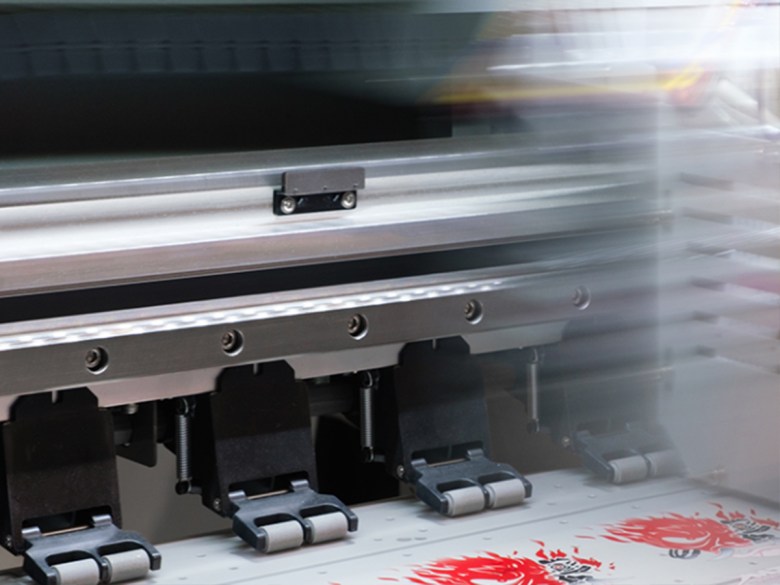
Business intelligence firm Smithers has released a report prognosing the global digital textile printing market’s growth rate of 8.3 per cent CAGR in the next five years.
According to The Future of Digital Textile Printing to 2028 report, recently released by Smithers, apparel, home décor, signage and technical textiles remain critical markets for inkjet.
Smithers says the prospects in this segment remain highly positive as ordering chains, consumer habits and sustainability concerns all favour digital print production.
Drawing on extensive primary research, this report analyses the competitive landscape, market and technology trends through to 2028.
This is quantified in a highly detailed data set for digital textile printing, segmented by machine type, fabric media, end-use, geographic and national markets, and includes supplementary substrate and ink volumes data.
The report notes that the desire for customised products is a significant driver for adopting digital textile printing, demonstrating substantial growth opportunities for companies throughout the textile and printing supply chain.
This study provides an in-depth analysis of the evolving digital textile printing equipment marketplace, focusing on key growth segments and market drivers. It also looks at the impact of market growth and technical innovation on inks, media and 25 end-use segments.
The report is authored by Jon Harper Smith, who has over 15 years of experience in the printing industry through his time working with Fujifilm, and has extensive knowledge of industrial and package printing businesses with a particular focus on industrial inkjet and flexo processes.
“Digital textile printing can be part of the solution to many of the problems affecting the global textile market,” Harper Smith said. “The ability to print locally to the cut-and-sew facility can help to re-shore production, reduce supply chain length and avoid excess production of unwanted volume.
“In addition, depending on the exact ink technology, printing can take place without steaming and washing that are needed to fix some of the dye technologies. Dye sublimation and pigment inks are key to this, and the development of pigment ink has been a key focus area in recent years.”
The full report is available for purchase on the Smithers’ website.
Comment below to have your say on this story.
If you have a news story or tip-off, get in touch at editorial@sprinter.com.au.
Sign up to the Sprinter newsletter
